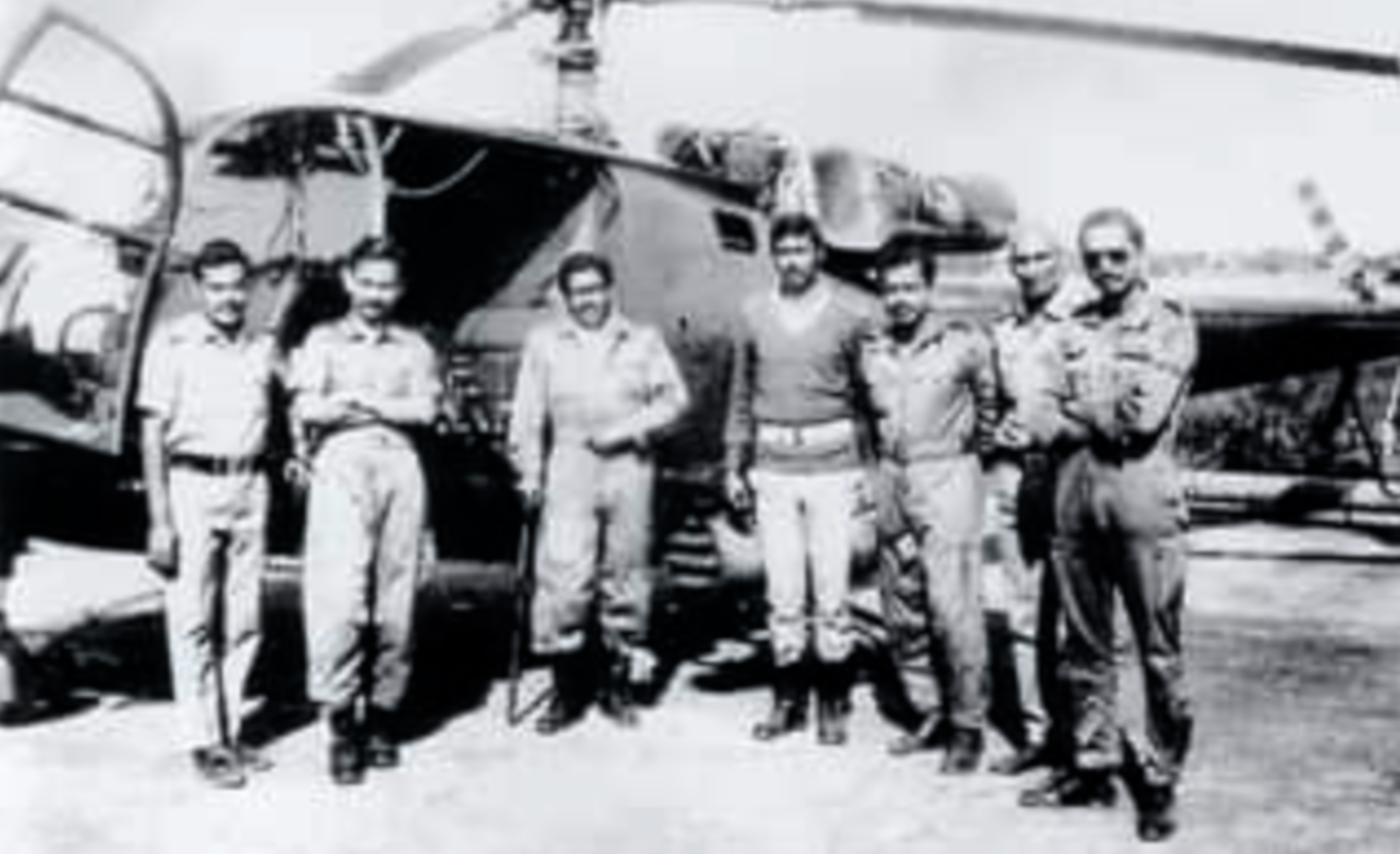Introduction
The year 1971 was the year of tying strong ties with Bangladesh. It has been exactly 50 years since the war happened and the triumphant image of the Pakistani General signing the instrument of surrender still appears to be new, fresh and unscathed.
The eastern corridor was continuously active during the Liberation War in 1971. The liberation army or resistance troops presented active opposition against the intent of forceful accession of Bengali province to the rest of Pakistan. Acting under the pretence of vengeance and revenge for merciless killings of people belonging to Bengali ethnicity, the Mukti Bahini joined hands with the Indian government. Indian government allowed the refugees from the East to set up a government-in-exile. Furthermore, the Indian government also instructed the Indian Army to provide all sorts of resourceful assistance to the fighters i.e., Mukti Bahini.
Birth of Bangladesh Air Force – Kiloflight
After the gruesome episode of sheer violence and catastrophe bred by the Pakistani army, which involved the country’s air force bombing Chuadanga, the Mukti Bahini went into a state of panic and terror. Stepping into the anchoring seat, Group Capt. A K Khandker, deputy chief of Bangladesh Armed Forces met Indian Air force chief Air Chief Marshall P C Lal, to seal the fate of the legitimacy of the Mukti Bahini and declare the formation of the Bangladesh Air Force.
The beginning of the ambitious stance of forming the Bangladesh Air Force began when the Maharaja of Jodhpur gifted a DC-3 Dakota, DeHaviland Twin Otter plane and an Aluette III helicopter. Furthermore, out of the nine designated pilots, three belonged to the Pakistan Air force, four were common commercial pilots and the remaining two were battleground-handicapped flyers from the agricultural department who basically catered in swirling away pests by spraying crop sprayers.
The formation of the air force did appear to have gained a flying start but it posed some serious challenges. More than half of the pilot’s team was unskilled and unknown of the adrenaline that a battlefield ensues. The training, therefore, was the immediate idea at the hand. However, even after the training exercise for Mukti Bahini was mooted by Capt. Khandker, Indian top officers and authorities seemed hesitant. The reason basically revolved around whether the pilots including the Group Capt. Khandker can be trusted as they technically fell under the purview of the definition of “rebels”. In such a case, where a set of rebels were aiming to take on Pakistan in open clear skies, sharing of sensitive and intricate courtship techniques and battlefield discipline made the Indian top Officers scratch their heads until they gave a final nod after continuous persuasion and undying perseverance.
Training and Attack
September 28, 1971, marked the day of the first training session hosted by the Indian Air Force in furtherance of the Bangladeshi Armed Forces. The campaign of conversion training for the pilots was dubbed as “KILO FIGHT” in the ledgers of the Indian Air Force. Squadron Leader Sultan Ahmed, former PAF was positioned as the commanding officer of the unit.
Numerous officers, helpers, and technicians were involved in the training session at the Dimapur runway. Amongst the three gifted aircraft, the Dakota was intended to be used to ferry troops and material while the Otter was to be used as the bomber. The skilled technicians, in order to make the Otter accustomed to the role of dropping bombs, holes were punched and rockets were fitted.
Upon the fruition of the training session, the plan of attacking fuel dumps near Dhaka and Chittagong was executed on December 4th. In response to the PAF’s unforeseen chaos on 3rd December in the airfields of Amritsar, Pathankot, Srinagar, Ambala, and Agra, the Kilo Fight, during midnight, struck the fuel pumps at the Chittagong port and Narayanganj fuel depot, both of which were blazed in no time.
Following the events of the attack, the then Prime Minister of India Smt. Indira Gandhi announced that the war in Bangladesh has become a war on India. The resounding gravitating voice which was filled with entrustment and confidence gave the Mukti Bahini’s air troops a much-needed positive psychological boost. The fact that Bangladesh had its own independent air force made the general people held hostage in the eastern province, thrilled to bits. The youth of Bangladesh, likewise, was equally thrilled as they have been living in a hostile condition since the Pakistani crackdown.
The war in the skies ultimately came to an end on 17th December and the Indian Air Force along with the Bangladesh Air Force freed the skies over Bangladesh.

